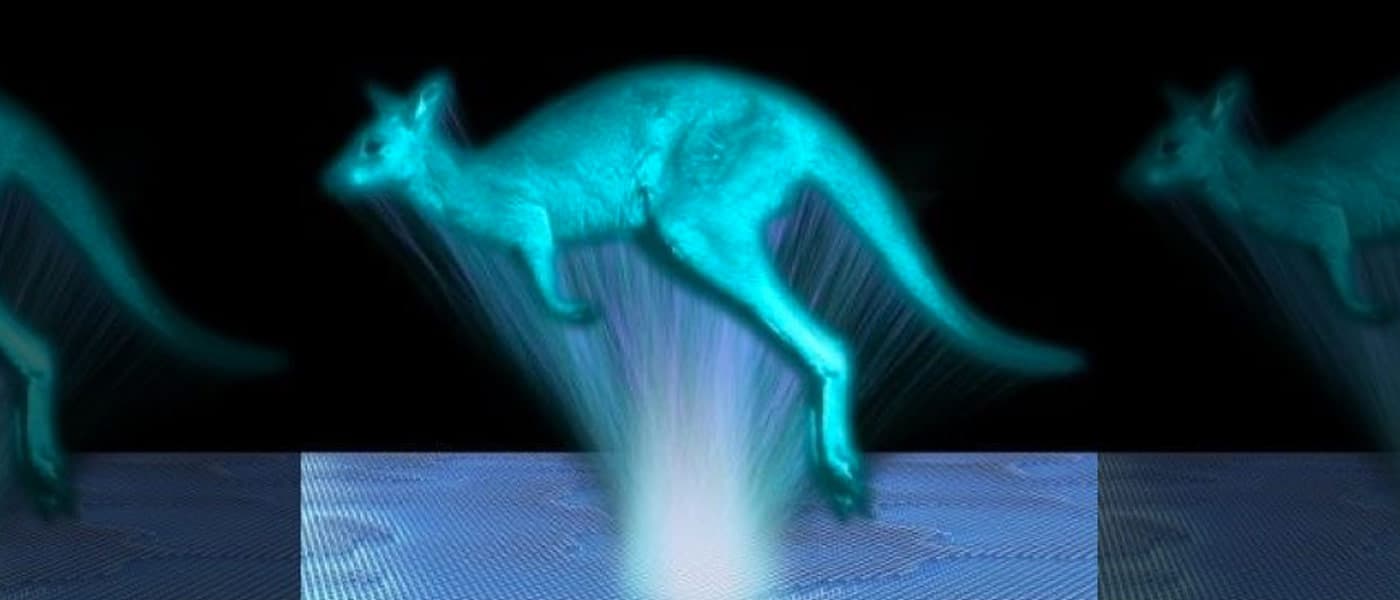HIGH QUALITY
Holograms are a staple of almost every science fiction movie or TV show out there – from Star Wars to Star Trek. Now, thanks to researchers from the Australian National University (ANU), we may be a step closer to achieving just that — and sending messages to Obi Wan Kenobi.
The ANU team was able to develop a hologram device that gives the highest quality images to date. "As a child, I learned about the concept of holographic imaging from the Star Wars movies. It’s really cool to be working on an invention that uses the principles of holography depicted in those movies,” said lead researcher Lei Want, from ANU's Research School of Physics and Engineering. The team published their research in the journal Optica.
Wang's device is able to create high-quality hologram images in infrared, using "transparent metaholograms based on silicon metasurfaces that allow high-resolution grayscale images to be encoded," according to the study. The device is also quite small. It's made up of millions of tiny silicon pillars, which are up to 500 times thinner than human hair.
"This new material is transparent, which means it loses minimal energy from the light, and it also does complex manipulations with light,” said co-researcher Sergey Kruk. “Our ability to structure materials at the nanoscale allows the device to achieve new optical properties that go beyond the properties of natural materials. The holograms that we made demonstrate the strong potential of this technology to be used in a range of applications.”
DEFINING HOLOGRAPHIC IMAGES
The real-life applications of such a hologram device aren't too far from the sci-fi counterparts. “While research in holography plays an important role in the development of futuristic displays and augmented reality devices, today we are working on many other applications such as ultra-thin and light-weight optical devices for cameras and satellites,” Wang said.
Furthermore, because of its size, this device is very portable. This significantly reduces the size and weight of the usually bulky components used in other imaging devices. This can cut the cost for space missions, for example, where heavier loads translate to higher rocket fuel consumption. Apart from these, holograms can also be used to aid medical research and develop treatments for various diseases.
Holography isn't very different from what augmented or virtual reality (AR/VR) technology is enabling us to do. Essentially, this technology allows us to see and interact with our environment in a much deeper way, so to speak. This tech can even let us see something as if we were really there, in the moment, with added empathy. This could change the way we enjoy news, documentaries, or even live events from afar. Soon, we may be able to send messages that capture emotion or urgency much better than a phone call ever could.
Share This Article
